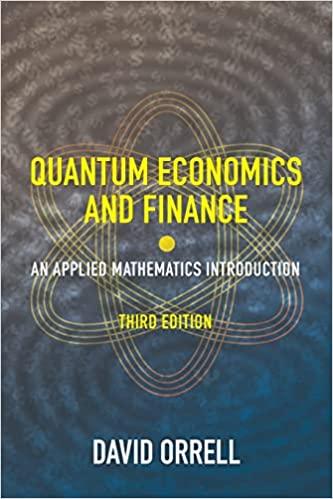

Based on your analysis of future inflation and its effect on future interest rates, you predict that short-term interest rates will rise over the next year. In particular, you think that the 1-year and the 2-year rates will be higher than they are currently (as indicated by the data in Problem 2). More specifically, you think that the 1-year rate next year will be 3% (per annum) and the two-year rate will be 3.5% (per annum). You want to exploit your analysis to generate a return over 1 year (that is, the horizon of your investment strategy is one year). Based on your beliefs, you want to analyze the returns from two investment strategies: (1) investing in 2-year zeros and selling them early (in exactly one year), or (2) investing in 3-year zeros and selling them early (in exactly one year). How do the returns from the two strategies calculated in part 2 compare to just investing directly for one year by investing in the 1-year zero? Explain why these returns are different and ranked the way they are. Hint: how do your expectations compare to those implied by the current yield curve (as shown in the data in Problem 2)? (8 points) Based on your analysis of future inflation and its effect on future interest rates, you predict that short-term interest rates will rise over the next year. In particular, you think that the 1-year and the 2-year rates will be higher than they are currently (as indicated by the data in Problem 2). More specifically, you think that the 1-year rate next year will be 3% (per annum) and the two-year rate will be 3.5% (per annum). You want to exploit your analysis to generate a return over 1 year (that is, the horizon of your investment strategy is one year). Based on your beliefs, you want to analyze the returns from two investment strategies: (1) investing in 2-year zeros and selling them early (in exactly one year), or (2) investing in 3-year zeros and selling them early (in exactly one year). How do the returns from the two strategies calculated in part 2 compare to just investing directly for one year by investing in the 1-year zero? Explain why these returns are different and ranked the way they are. Hint: how do your expectations compare to those implied by the current yield curve (as shown in the data in Problem 2)? (8 points)








